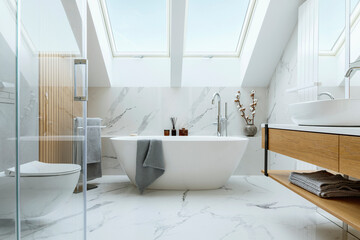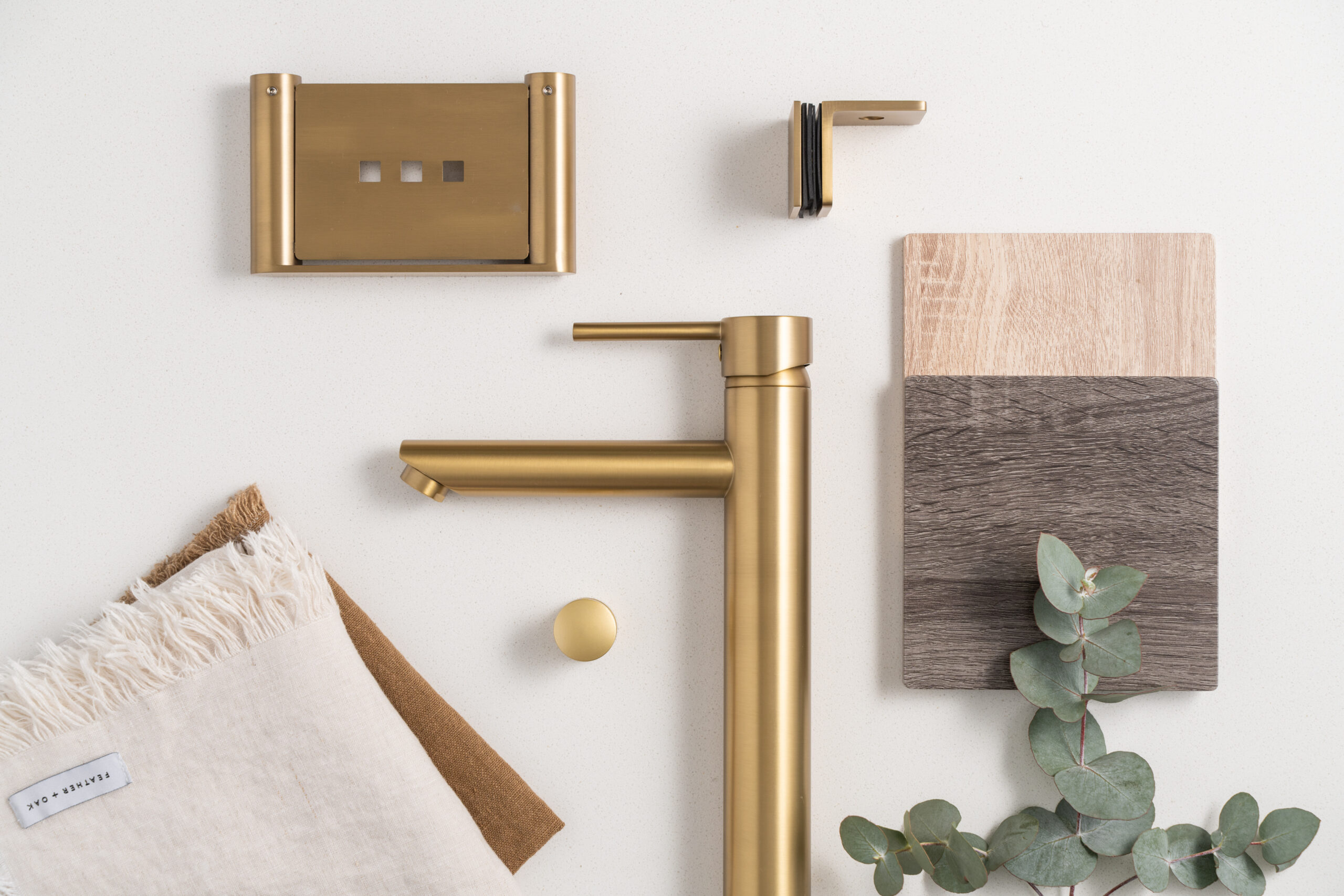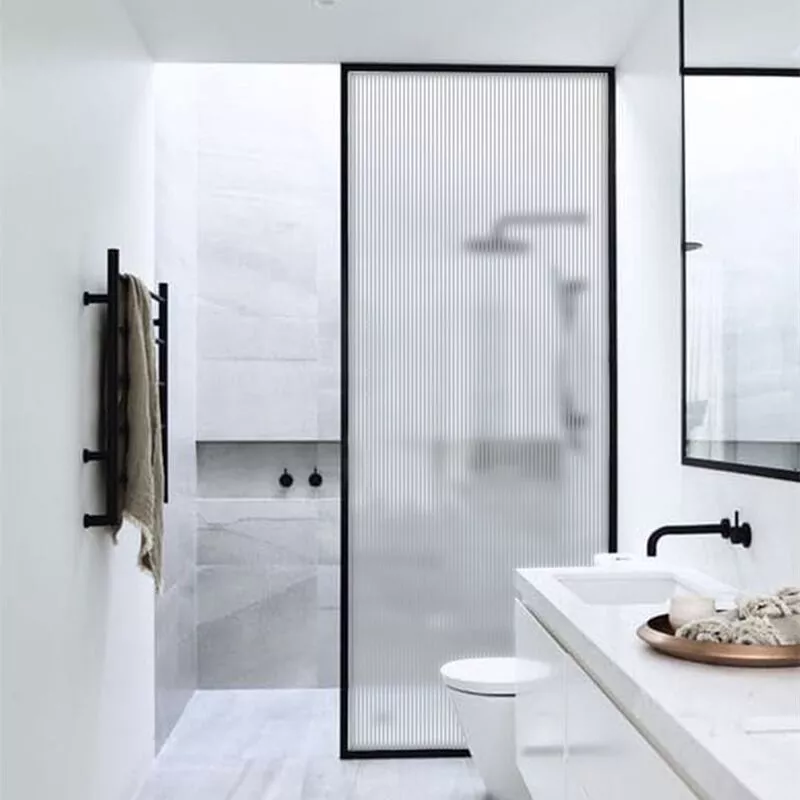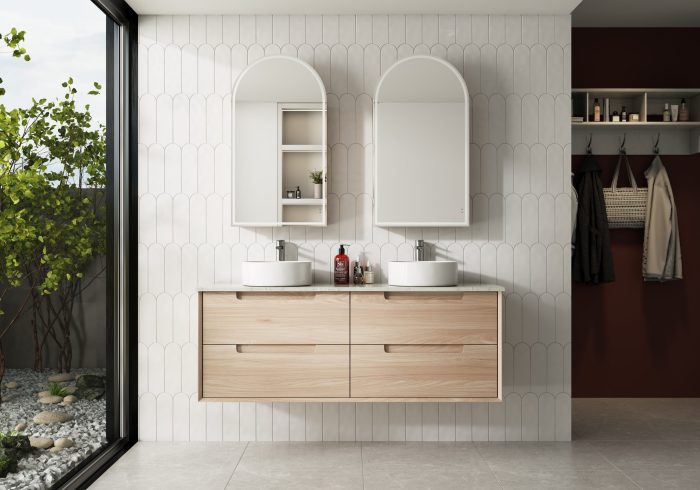Many people choose to install showers in their homes and also install bathtubs. Showers are suitable for quick cleaning. To enjoy a bath, you still need a bathtub. Soak in warm water, as if the fatigue of the day is gone. But sometimes, when we lie in the bathtub, we find that the length of the bathtub is not enough and our legs cannot be straightened. The size is too small, the bathtub is useless. How to choose the size of the bathtub? Is it better to have a freestanding bathtub or a built-in bathtub?
In a broad sense, the built-in bathtub refers to the bathtub embedded in the ground or other objects during installation. Specifically, it is divided into a wall-mounted bathtub and a central built-in bathtub. The wall-mounted bathtub is what we refer to as the traditional bathtub, which needs to build a platform; the central built-in bathtub refers to the bathtub that is not against the wall but embedded in the ground. After installation, it is flush with the floor of the bathroom, just like a mini swimming pool. The biggest difference between it and the traditional bathtub is that it does not need to build a platform, or even does not need a skirt.
What are the types of bathtubs?
There are many types of bathtubs. According to their shapes, they can be divided into: square bathtubs, round bathtubs, fan-shaped bathtubs, oval bathtubs, etc.; according to their functions, bathtubs can be divided into ordinary bathtubs, soaking bathtubs, and massage bathtubs; different bathtubs have different sizes due to theirs shape, function and other factors.
Advantages and disadvantages of built-in bathtubs
The countertop of the built-in bathtub can adopt the same style of wall tiles, mosaic, artificial stone, marble, etc., depending on the style of home decoration. In addition, installation against the wall is the most commonly used installation method for embedded bathtubs. One is to save space, and the other is to facilitate the installation of water and electricity. Again, maintenance is convenient and simple. Traditional built-in bathtubs are relatively simple to repair, as long as the entire bathtub is removed from the countertop, it can be overhauled.
The disadvantage of the built-in bathtub is that the bathtub with this installation method takes up more space in the bathroom, and the installation process is more troublesome, and some require brickwork. Therefore, this kind of bathtub is generally not suitable for families with small bathrooms.
What are the buying tips for built-in bathtubs
1. Water capacity
When purchasing a built-in bathtub, you must first look at its water capacity. The water capacity is generally around 230 liters to 320 liters, and the water should exceed one’s shoulders when bathing. If the bathroom is relatively narrow, try to choose a deeper bathtub to ensure that the bathtub has sufficient water.
2. Gloss
The surface of the bathtub must be shiny. At the same time, judge the quality of the material by looking at the surface gloss. You can also touch the surface of the bathtub with your hands. The surface is smooth and has no roughness, which means the material is reliable.
3. Firmness
The firmness of the bathtub is also very important. This is related to the quality and thickness of the bathtub. It is best to try it yourself, such as standing in by yourself, whether it feels sinking. Steel is a hard and durable material, and there is also a ceramic or enamel covering surface. It is best to buy a thicker bathtub.





